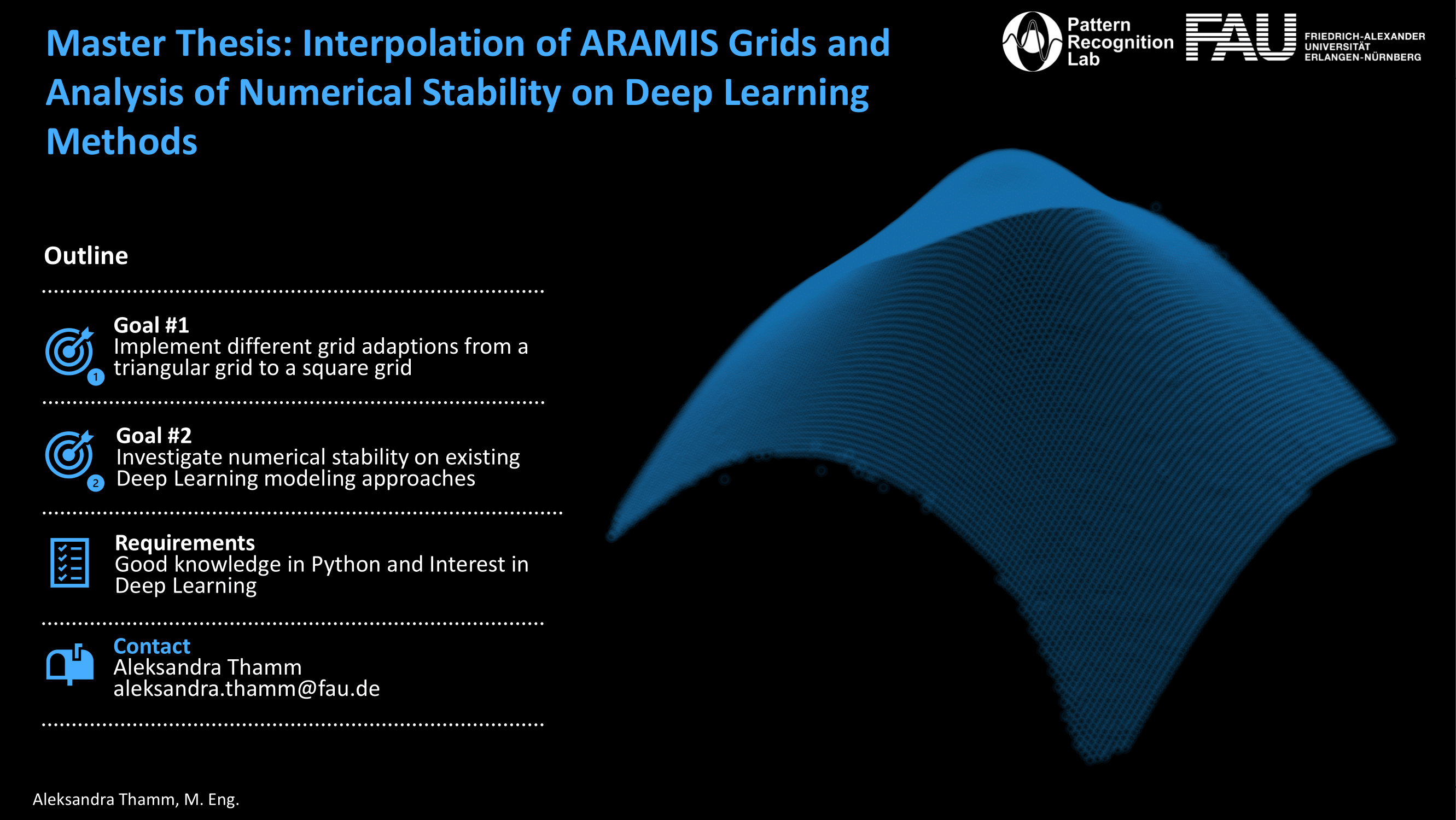Index
Evaluation of an Optimized U-Net for Glacier Segmentation
Evaluation of a Bayesian U-Net for Glacier Segmentation
CT Projection Inpainting Using Denoising Diffusion Probabilistic Models
Thrombus detection using nnDetection
The UKER BrainMet Dataset: A brain metastasis dataset from University Hospital Erlangen
Temporal Information in Glacier Front Segmentation Using a 3D Conditional Random Field
Evaluation of Different Loss Functions for Highly Unbalanced Segmentation
Interpolation of ARAMIS Grids and Analysis of Numerical Stability on Deep Learning Methods
